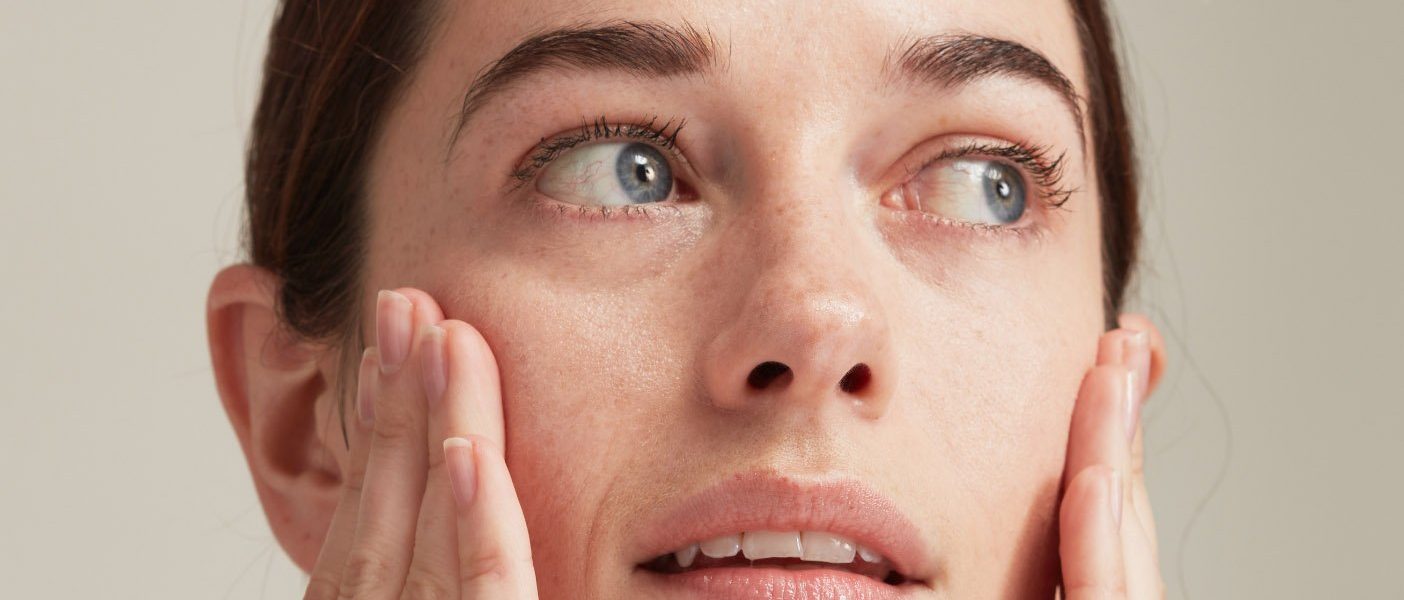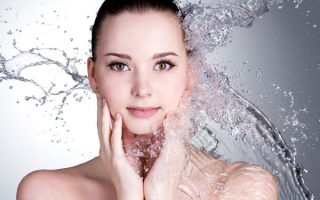Dry eyes are quickly recognized by those affected themselves. If the symptoms persist and there is no improvement despite self-treatment with moisturizers, the patient should consult a dermatologist and seek advice.
Since dry eyelids can arise from various causes, it makes sense to see a doctor to find the reasons. If the cause could be an allergy to care products, food or grass, for example, then it is necessary to do a so-called skin prick test. The possible allergy-triggering substances are applied to the skin of the forearm, which has previously been slightly scratched so that the allergens can trigger a faster reaction. Based on a developing redness of the swelling can then determine whether an allergy to this substance. This examination can also be carried out to rule out an allergy in dry eyelids.
Various allergy tests are also carried out in the context of a possible illness from neurodermatitis, a chronic skin disease with atopic eczema, to find out the likely trigger for the development of eczema and dry skin. Since neurodermatitis can also have a genetic predisposition, family history plays a vital role in the diagnosis.
Since dry eyelids can also be caused by the wrong cosmetics or poor care products, it can be helpful to discuss with your doctor which care products should not be used and which could be more suitable for your skin. In addition, various skin practices or beauticians offer an analysis of your skin. This can also be used to determine what skin type you have and which products are best for skin care, especially on the face and around the eyes.
Therapy of dry eyelids
The treatment of dry eyelids depends mainly on the cause.
For example, if there is an allergy, it is essential to avoid the allergy trigger ( allergen ). Some allergies, such as pollen and grass allergies, may require medication. Antihistamines significantly curb the body’s allergic reaction, and often there are hardly any allergy symptoms.
Furthermore, the care of dry upper eyelids is critical. It should be gentle and tailored to the needs of the skin. Sensitive skin and already irritated skin should be cleaned with mild products. Aggressive and soapy detergents clean the skin, but they also attack and have a drying effect.
It is remarkably advisable to cleanse the skin in the evening. Make-up should be removed before bed. For example, gentle cotton pads with mild cleansing milk can help. The skin should then be given the necessary moisture for regeneration. Here indeed, creams are used that are absorbed well overnight and soothe the skin to recover.
If the skin is already dehydrated and scaly, products which contain a lot of fat make the skin supple and smooth again. It can be bought in pharmacies or certain drugstores. The patient can ask a dermatologist or pharmacist for advice on other care products for the skin around the eyes.
In general, dry skin, especially around the eyes, should not be made up until it has healed. The make-up products are an additional irritation to the skin and can worsen the symptoms. If itching and swelling also occur, various home remedies, such as the application of cooled chamomile tea, can provide relief. Chamomile has a calming effect on the skin and can also prevent inflammation. Creams containing aloe vera also cool the skin and have an antibiotic effect.
The patient often has to try out some care products or even change makeup until he has found the most suitable care products for his skin type. In the case of existing neurodermatitis, special creams can be applied. These are often very greasy and moisturising ointments. They have a high content of dexpanthenol. Neurodermatitis is often also treated temporarily with cortisone-containing ointments. Cortisone has an anti-inflammatory effect and promotes faster healing of the resulting wounds.
Bepanthen – works wonders for dry eyelids
Bepanthen is a wound and healing ointment with the active ingredient dexpanthenol and is particularly suitable for dry, cracked skin.
Dexpanthenol helps to support the skin in its regeneration (it stimulates cell regeneration ), retain moisture and increase the skin’s elasticity so that it has healing and caring properties. It also has an anti-inflammatory and antipruritic effect. In the case of dry eyelids, Dexpanthenol or Bepanthen can be applied thinly as an ointment/cream to the affected areas.
Homoeopathy for dry eyelids
Some eye problems, including dry eyelids, can be treated quickly and quickly with homoeopathic remedies. Naturopathy is based on giving the body what it needs. In addition to various globules, homoeopathic medicines such as clay ( Alumina ) and Arsenicum album can also be used.
In addition to these remedies, various other homoeopathic medicines can be used for dry eyes and dry skin. In this regard, the patient can seek advice from an experienced homoeopath.
Olive oil – is a suitable therapy for dry eyelids
Using olive oil for dry eyelids and dry skin, in general, is an excellent way to restore moisture to the respective areas of the skin. Olive oil (or natural oils in general) is very similar to the skin’s fat and contains a high proportion of unsaturated fatty acids, so that – applied to already damp skin – it is well and deeply absorbed and moisturises donates.
At the same time, the lower proportion of saturated fatty acids provides a protective layer on the skin and prevents further drying out of the eyelids.


